— Written primarily based on exclusive insights from Footprint Trust Director, Oli Dreike from The Safari Collection
The iconic Giraffe Manor, widely famous across social media for its unique human and giraffe interactions across breakfast and tea time, holds a deeper story of conservation and passion for Africa's endangered wildlife. In this interview, we delve into the origins of Giraffe Manor's resident herd of Rothschild’s giraffes and explore the overarching conservation philosophy that guides The Safari Collection's efforts across diverse ecosystems in Africa.
From the remarkable success story of Solio Conservancy in rhino conservation to the unique community partnership of Sasaab, we uncover how luxury travel intertwines with and supports the noble goals of wildlife protection and sustainable development. Join us as we unravel the extraordinary journey of conservation and luxury at The Safari Collection.
The Safari Collection’s Conservation Philosophy Across Diverse Ecosystems
The Safari Collection: The Safari Collection was born out of one family’s passion for the African wilderness, their desire to share it with the world and their commitment to safeguard it for future generations. Each of their properties celebrates and supports a unique Kenyan ecosystem, full of biodiversity too precious to lose. It is The Safari Collection’s belief that through responsible tourism, these pockets of wilderness can be protected in perpetuity. This is done through their commitment to achieving a working balance of The Long Run’s 4Cs: Conservation, Community, Culture and Commerce. If high-end tourism can support local development and livelihoods in a way that celebrates local cultures and has a positive impact, then people become invested in protecting their environment. With communities on board, conservation efforts can be successful. In each location that they operate, The Safari Collection supports a range of conservation efforts for endangered and threatened species; making a positive impact on people, wildlife and the environment is at the heart and soul of they do.
Story Behind Giraffes at Giraffe Manor: Their Origins and Comfort with Humans
The Safari Collection: The story of Giraffe Manor’s resident herd begins back in 1974, when British-Kenyan/American couple, Jock and Betty Leslie-Melville, purchased the manor. They were passionate about conservation and soon came to rescue an orphaned Nubian/Rothschild’s giraffe, naming her Daisy. At the time, Nubian/Rothschild’s giraffes were critically endangered and suffering a sharp decline. In the mid-1970s, just 130 individuals remained in the wild. After learning about the terrible plight of the Rothschild’s giraffe, they began a breeding programme and set up the African Fund for Endangered Wildlife (AFEW). Tanya and Mikey Carr-Hartley bought the manor in April 2009 and have continued to collaborate closely with AFEW on their breeding programme. Today, the Nubian/Rothschild’s giraffe population has rebounded to around 1,042 individuals in 14 populations across Kenya.
The giraffes that live in the sanctuary surrounding the manor enjoy 140 acres of indigenous forest in which to roam as they please. They only visit the manor as and when they choose to, so have plenty of opportunity to get away from humans when they feel the need! Most, however, enjoy daily visits to the manor and the AFEW Giraffe Centre for the tasty grass-based pellets which supplement their wild diet in the sanctuary. Many of the herd were born there, so have been used to human interaction their whole lives. The Giraffe Manor team know each of their individual personalities; many of the giraffes love hanging out all the time, whilst some might give a cheeky head butt if you try to get too close!
Origins and Impact of Solio Conservancy as a Leader of Rhino Conservation
The Safari Collection: The history of Solio Ranch as a pioneering rhino breeding sanctuary began when it was purchased back in 1966 as a cattle ranch. In 1970, the Kenya Wildlife Service requested help from Solio Ranch to temporarily house five black rhinos which had been left isolated due to prolific poaching. Black rhino populations in Kenya were suffering a horrific decline, plummeting from around 20,000 individuals in the 1960s to less than 300 two decades later. Happily, by 1973, Solio Ranch’s core fenced area was an established wildlife sanctuary and by 1980 had become home to 27 black rhinos from nine different areas of the country, as well as a founder herd of 16 white rhinos re-located from South Africa. Solio’s rhino population swiftly prospered and as other private game reserves and National Parks grew more secure, Solio became the source for moving nucleus populations of rhinos all over Kenya.
Today, Solio Ranch is internationally recognised as one of the most successful private rhino breeding conservancies in Kenya. It is responsible for having translocated over 100 black and 60 white rhinoceros to other parts of Kenya over the years, as well as to Uganda. Going forward, Solio Ranch aims to continue to be a stronghold for rhinos, both in Kenya and Africa and to be part of Kenya’s rhino conservation success story. Their newly established Solio Rhino Orphanage rescues and rehabilitates abandoned baby rhinos found on Solio Ranch, with the aim of releasing them back into the wild.
Every guest who stays at Solio Lodge pays a conservation fee to the Ranch, which manages all the conservation activities ensuring that this vulnerable species is protected for future generations. Both, Solio Lodge, through The Safari Collection Footprint Trust and Solio Ranch, are involved in various community projects in the surrounding area, including dental and medical clinics, providing school lunches and initiatives involving local primary schools.
The Unique Aspects of Sasaab's Conservation Story
The Safari Collection: Built in 2007, Sasaab is located on Westgate Community Conservancy, just outside Samburu National Reserve. It is the only property in the collection located in a community conservancy, and as such, its conservation story is very unique. Sasaab was born out of the need to create a community tourism project to help protect and preserve this remote wilderness area in Kenya’s arid north. As such, it exists as part of a mutually beneficial partnership with local Samburu communities. The lodge brings employment, bed-night revenue and support for a whole range of education, health and infrastructure initiatives into the local area. In return, Sasaab is able to share the conservancy’s wonderful wildlife and authentic insights into Samburu culture with guests, as well as gain support for local conservation efforts. Sasaab has achieved Global Ecosphere status with The Long Run, attesting to its success in reaching a genuinely sustainable balance between the 4Cs (Conservation, Community, Culture and Commerce).
Luxury Travel's Role in Conservation and Guests’ Involvement
The Safari Collection: Just by staying at any of The Safari Collection properties, guests are supporting the protection of key wildlife habitats in Kenya in so many ways. Conservation fees enable the wildlife parks and conservancies in each area to keep running, as well as support development in local communities. Employment is created and funding from our Footprint Trust and generous donors supports a myriad of impactful local education, health and conservation initiatives. The knock-on effect of this creates support for the protection of wildlife, enabling conservation efforts to be collaborative and successful. Through our Footprint Trust website, guests can find out about the many different ways to get involved in the conservation process, from donating to one of our local partners to funding a whole project.
Enjoy a sumptuous stay at any of The Safari Collection’s properties and be a part of the conservation legacy. Get exclusive offers and preferred travel partner benefits when you book with us. Contact us to know more.


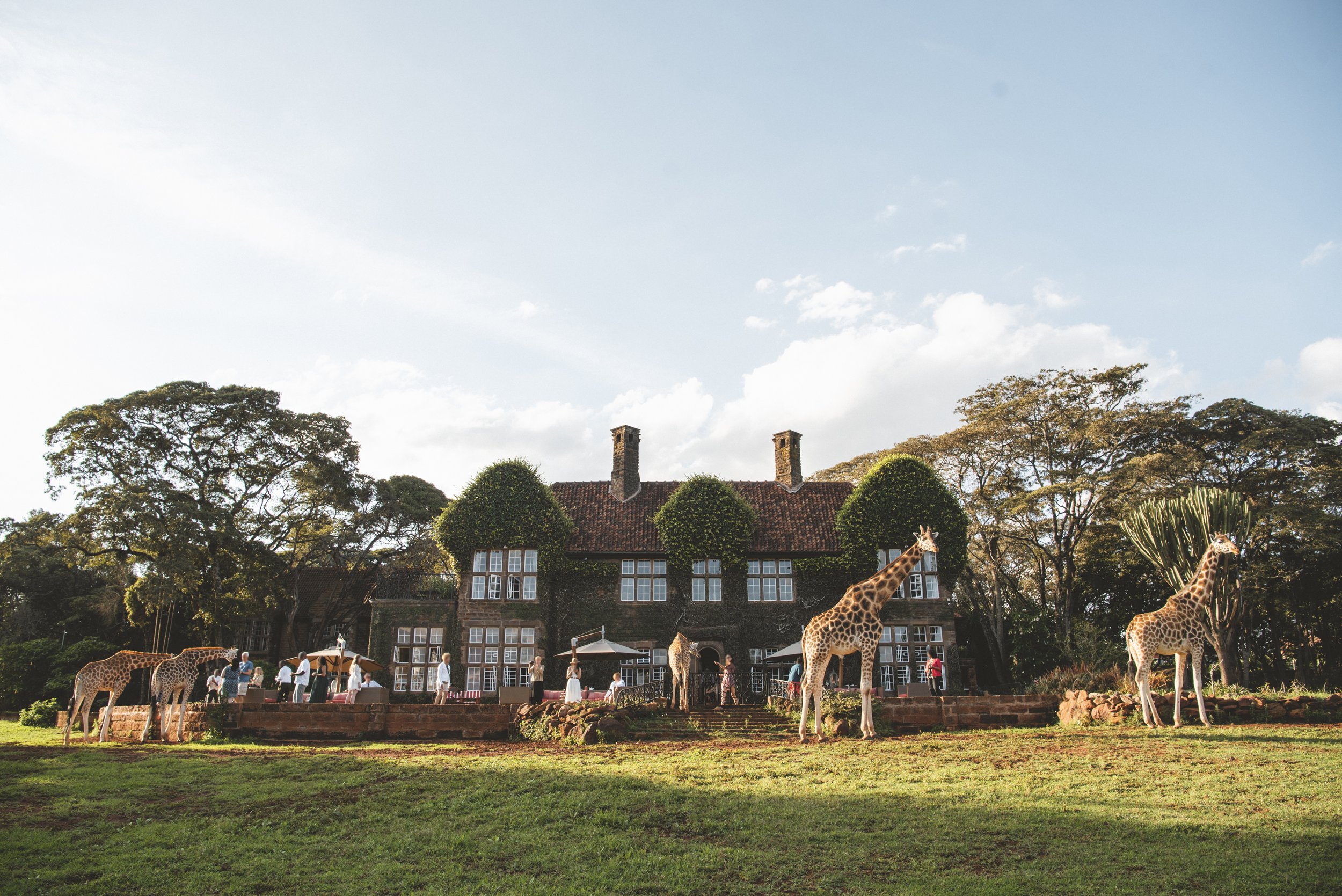
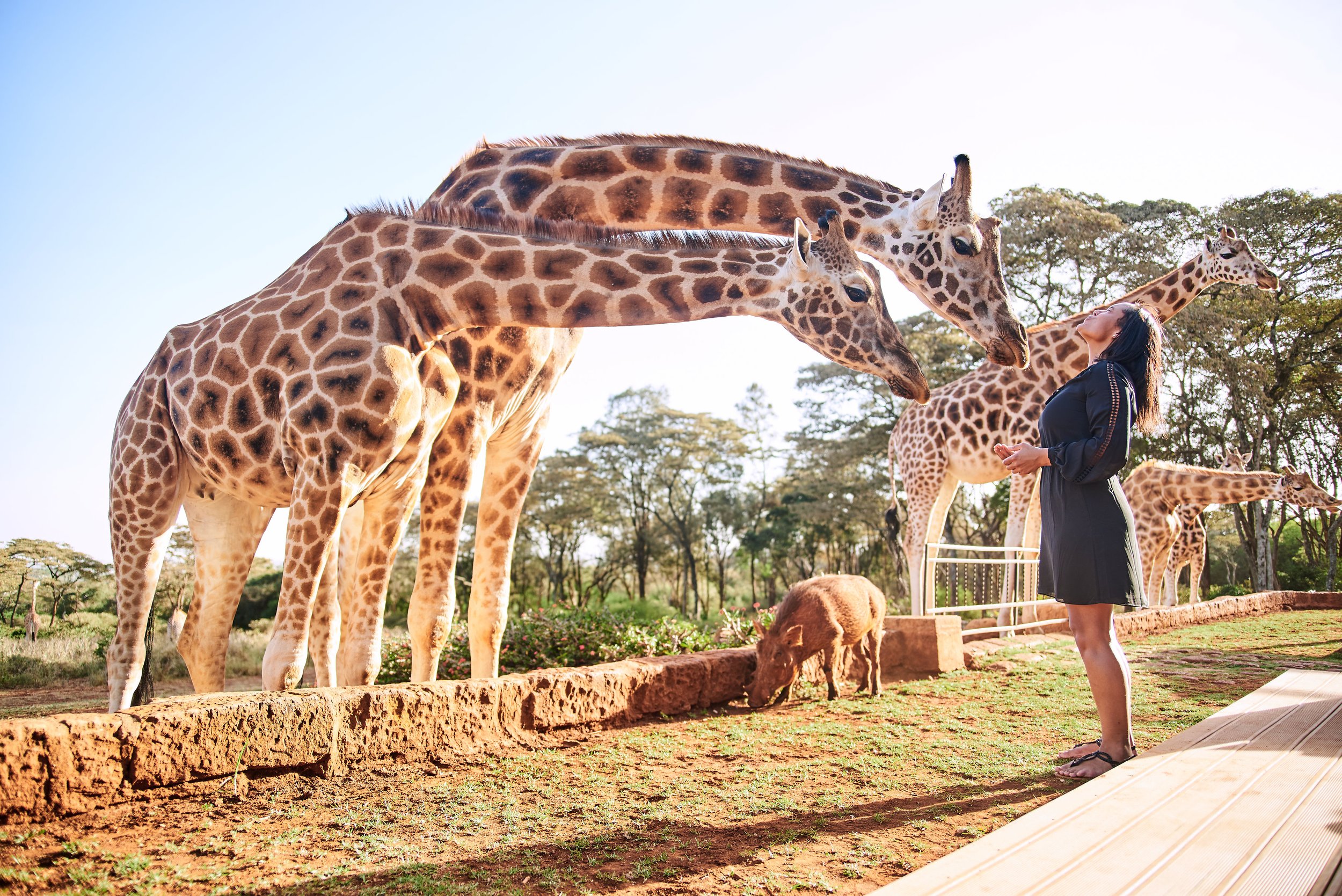
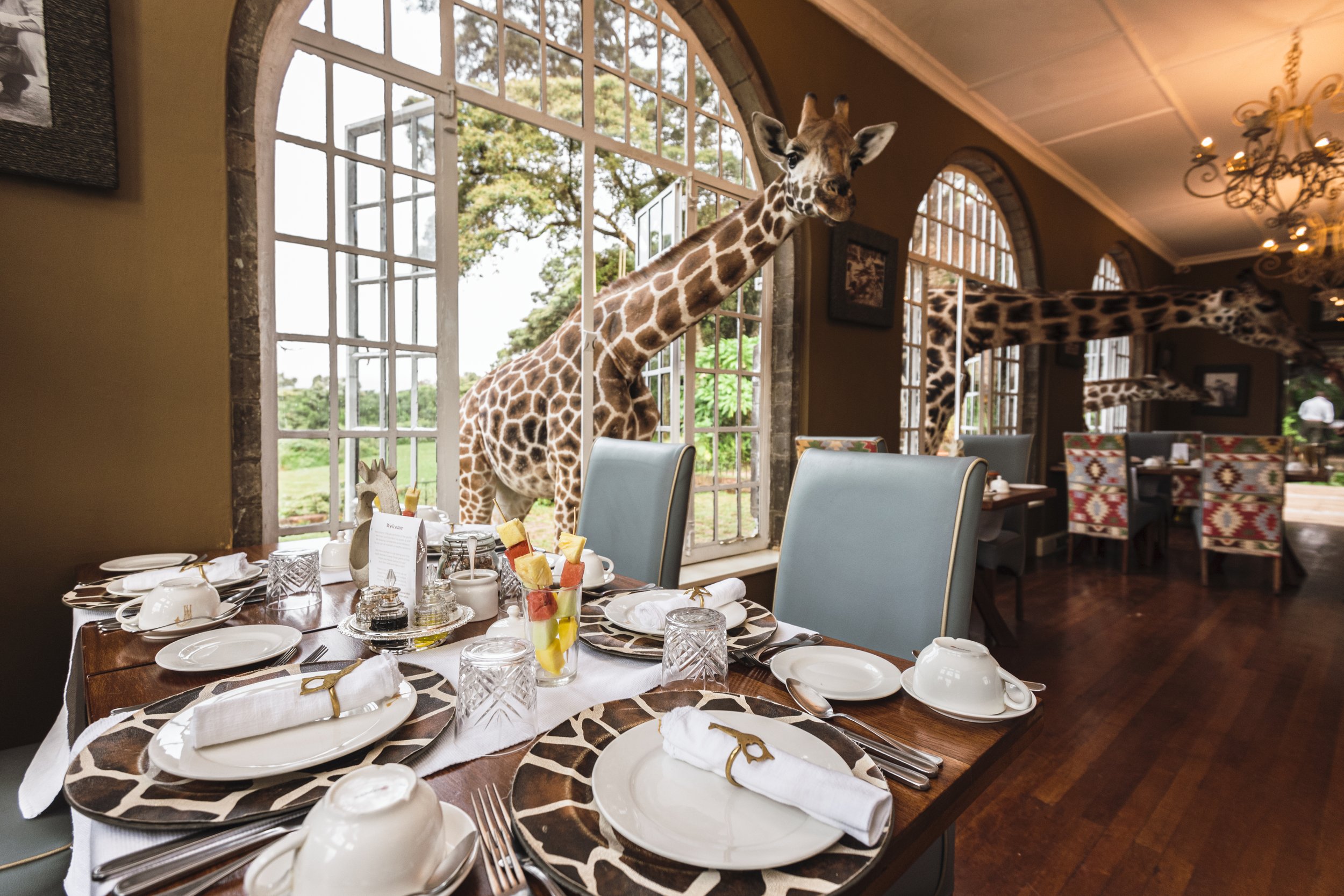
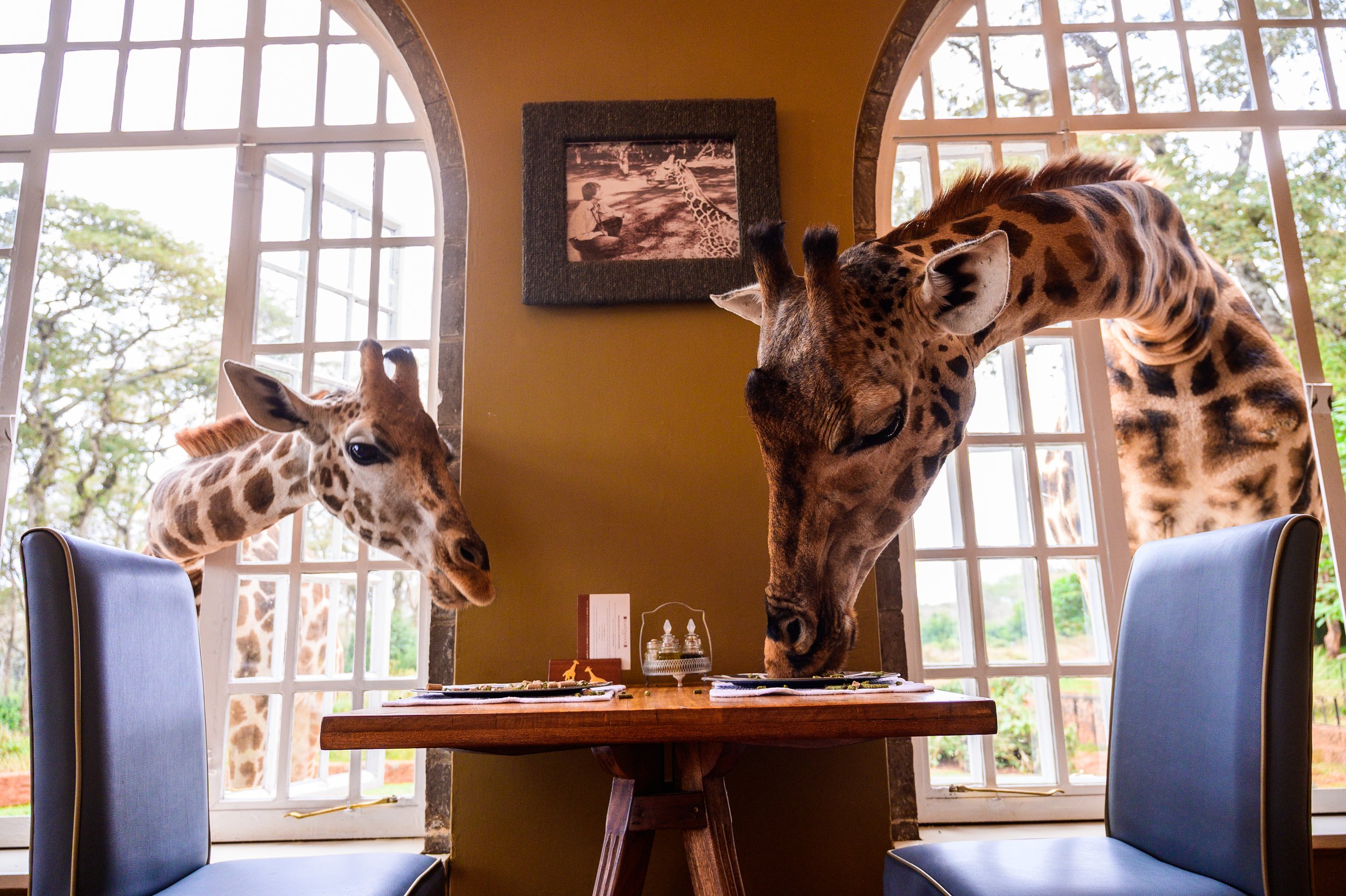
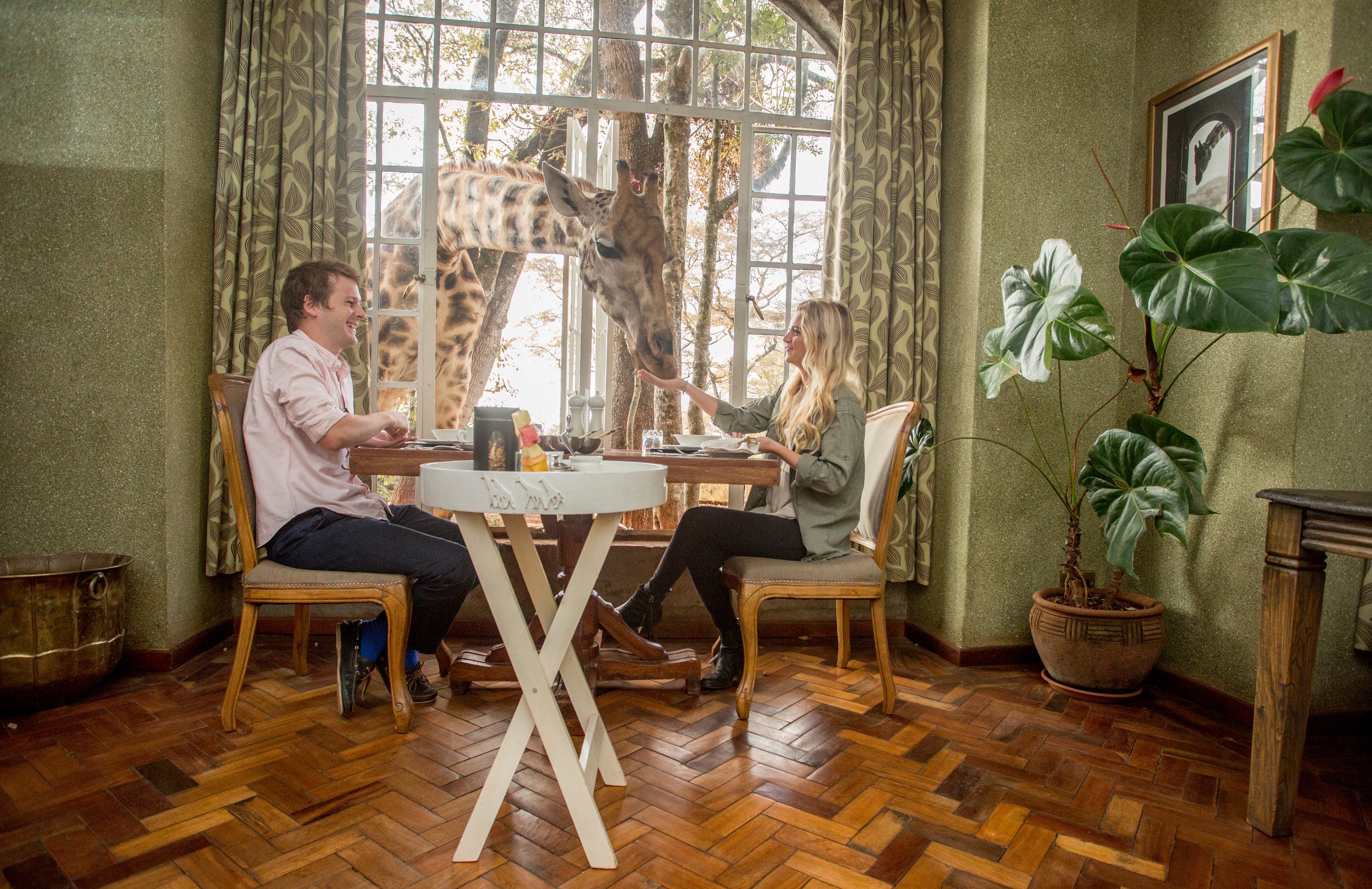
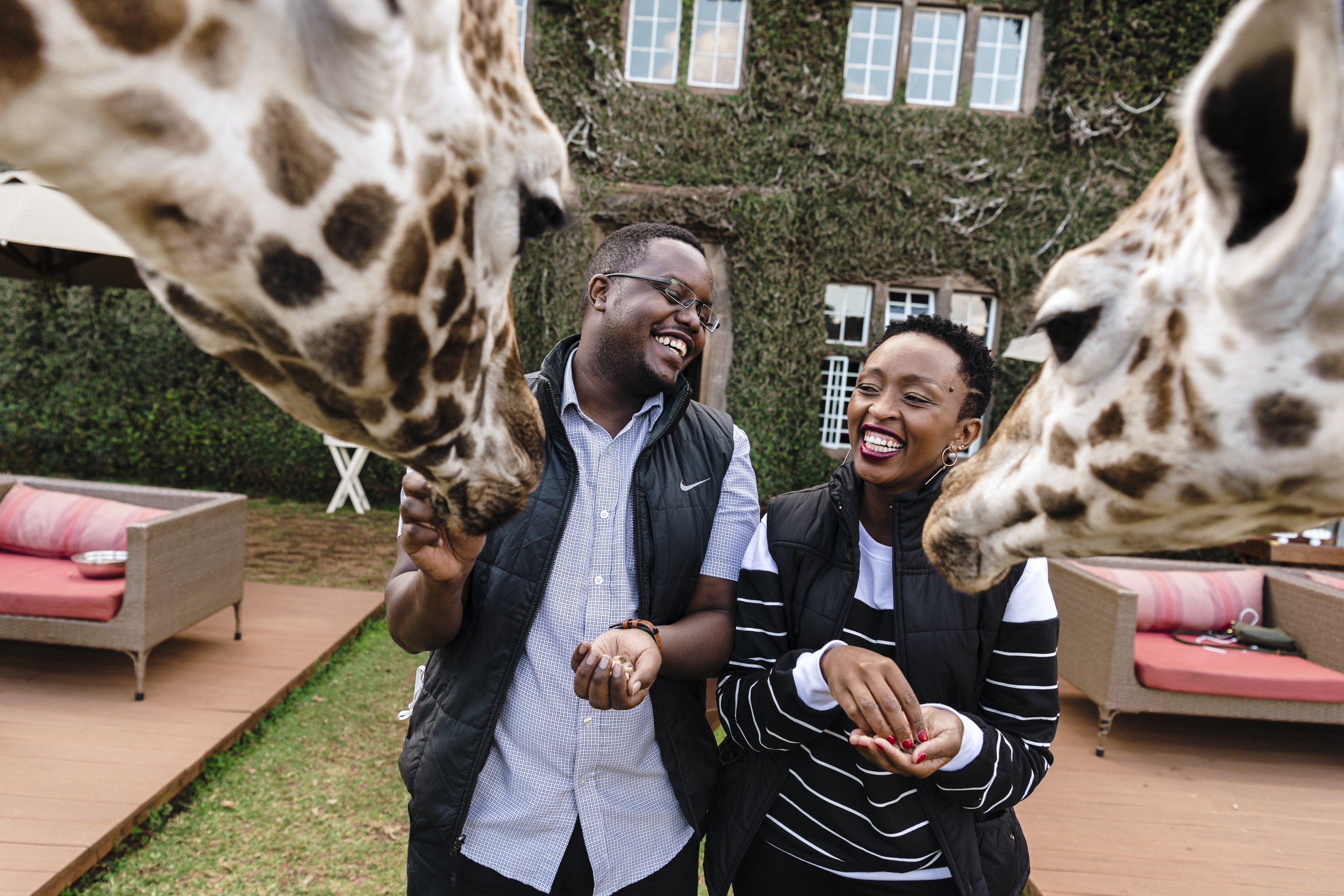

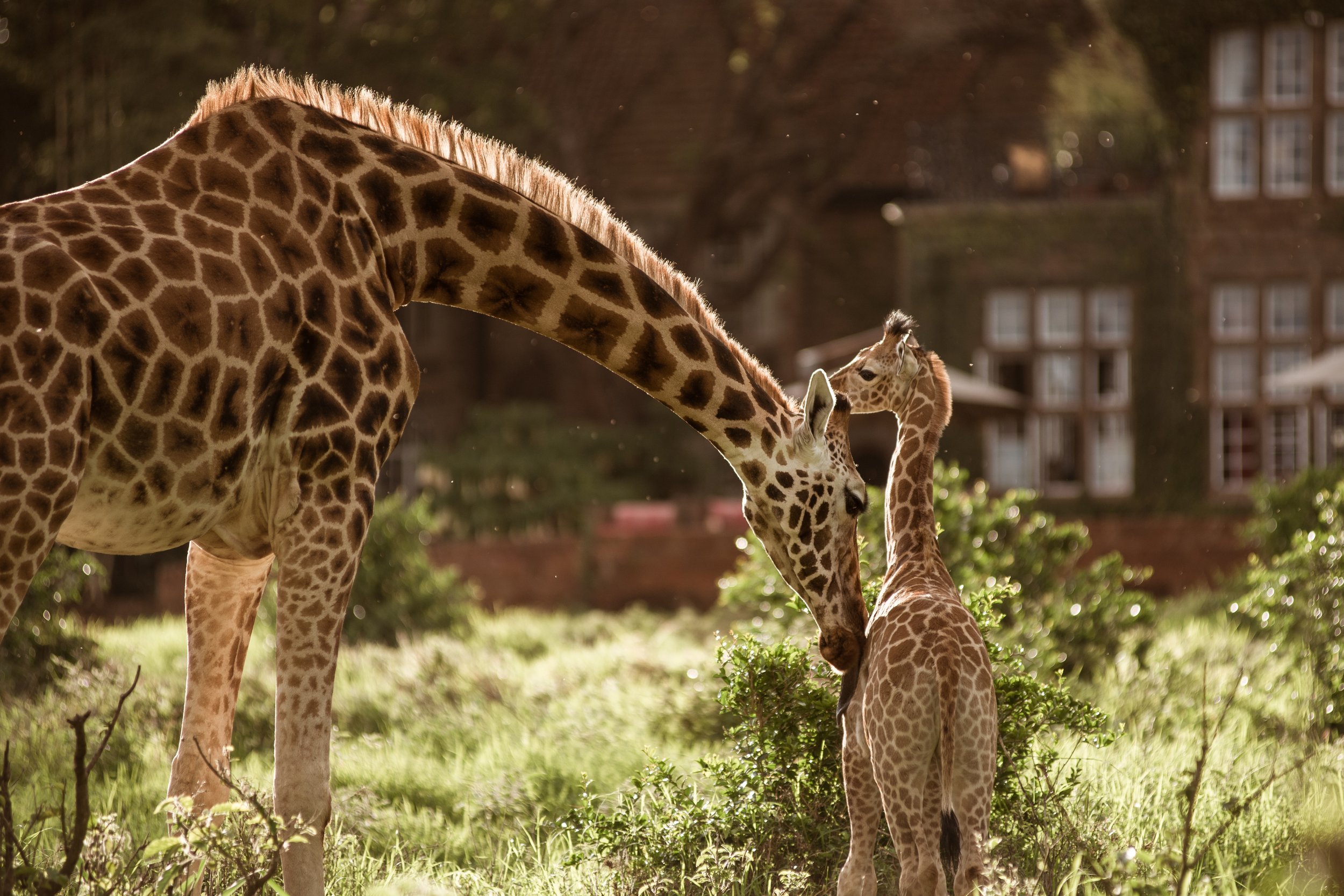
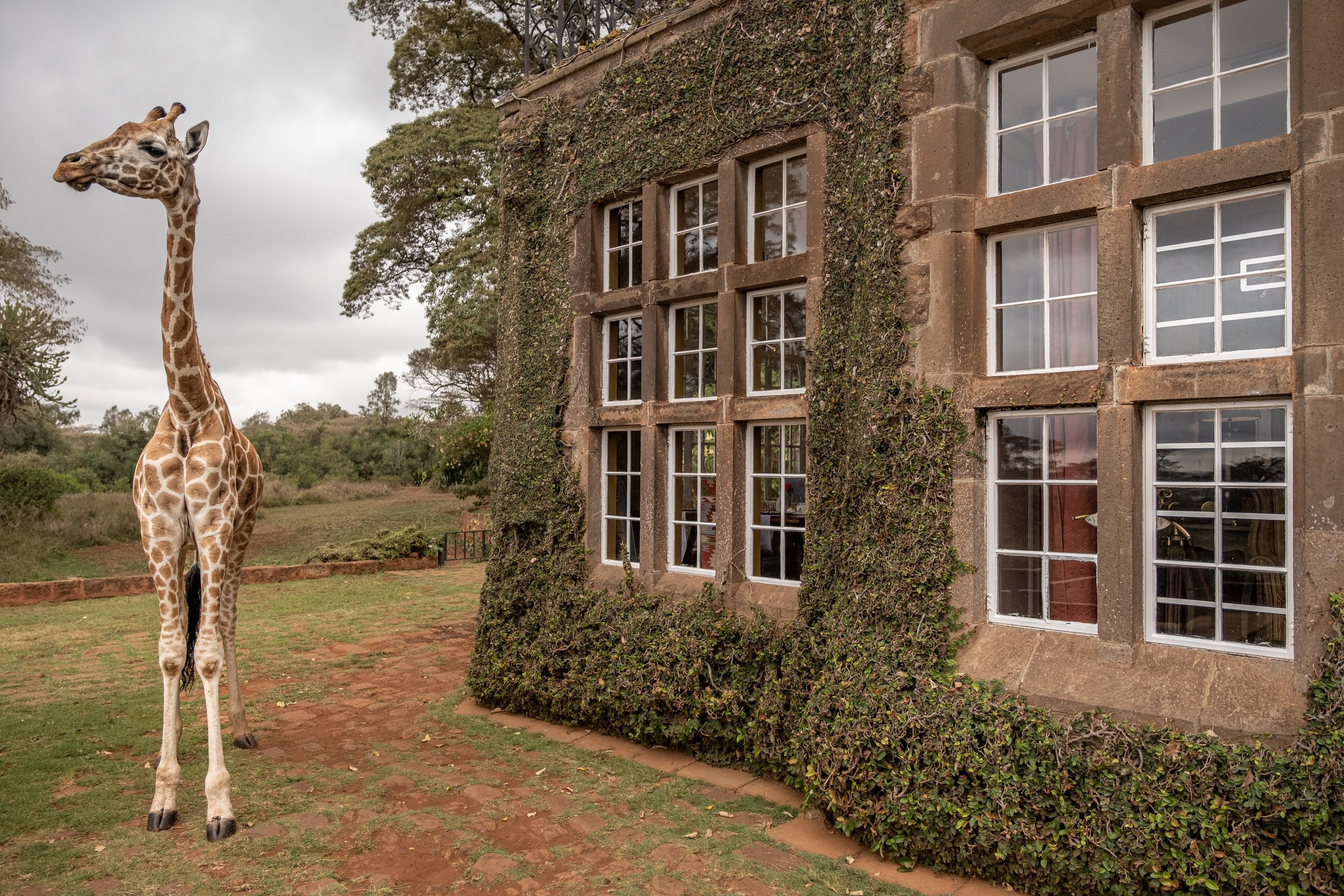
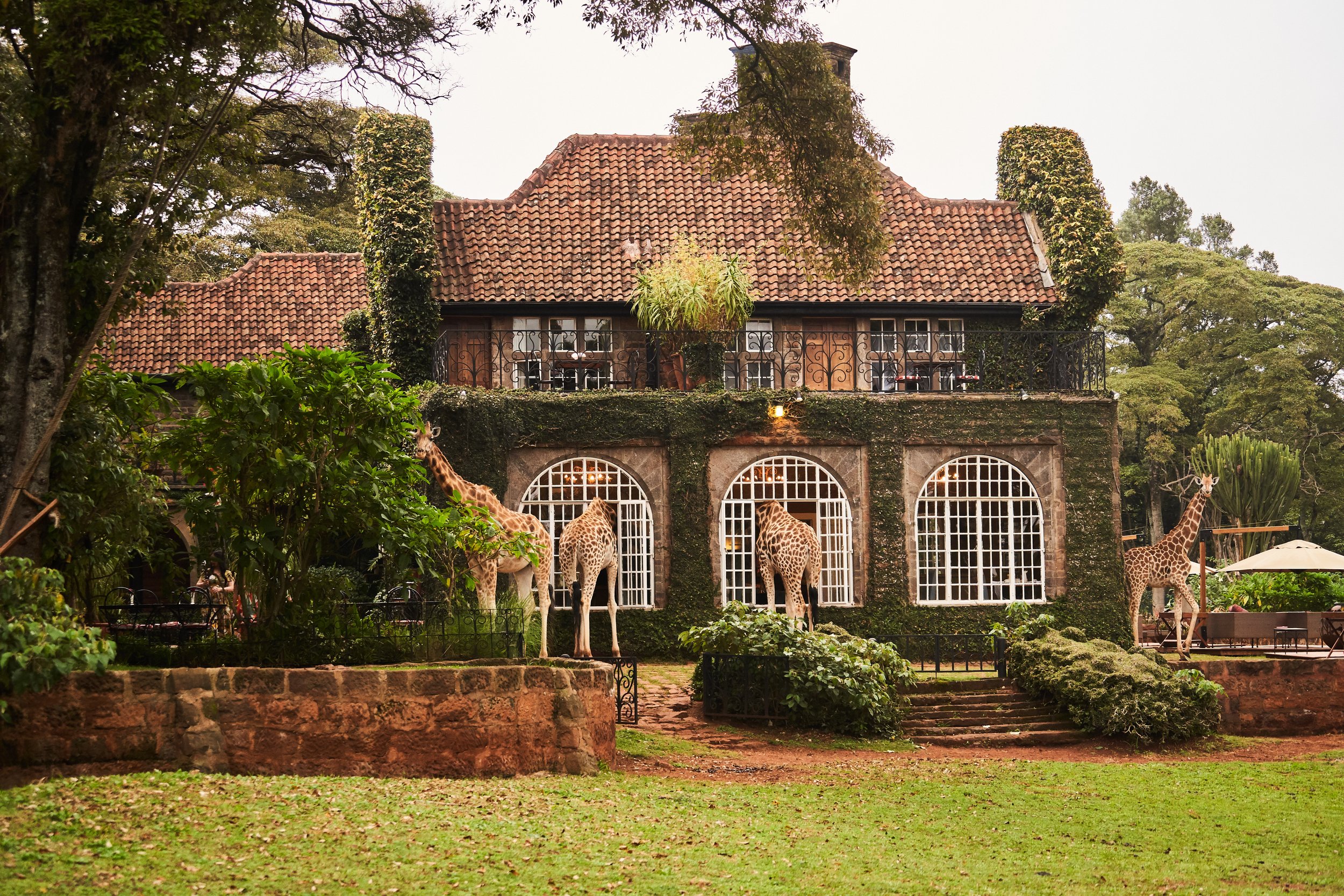

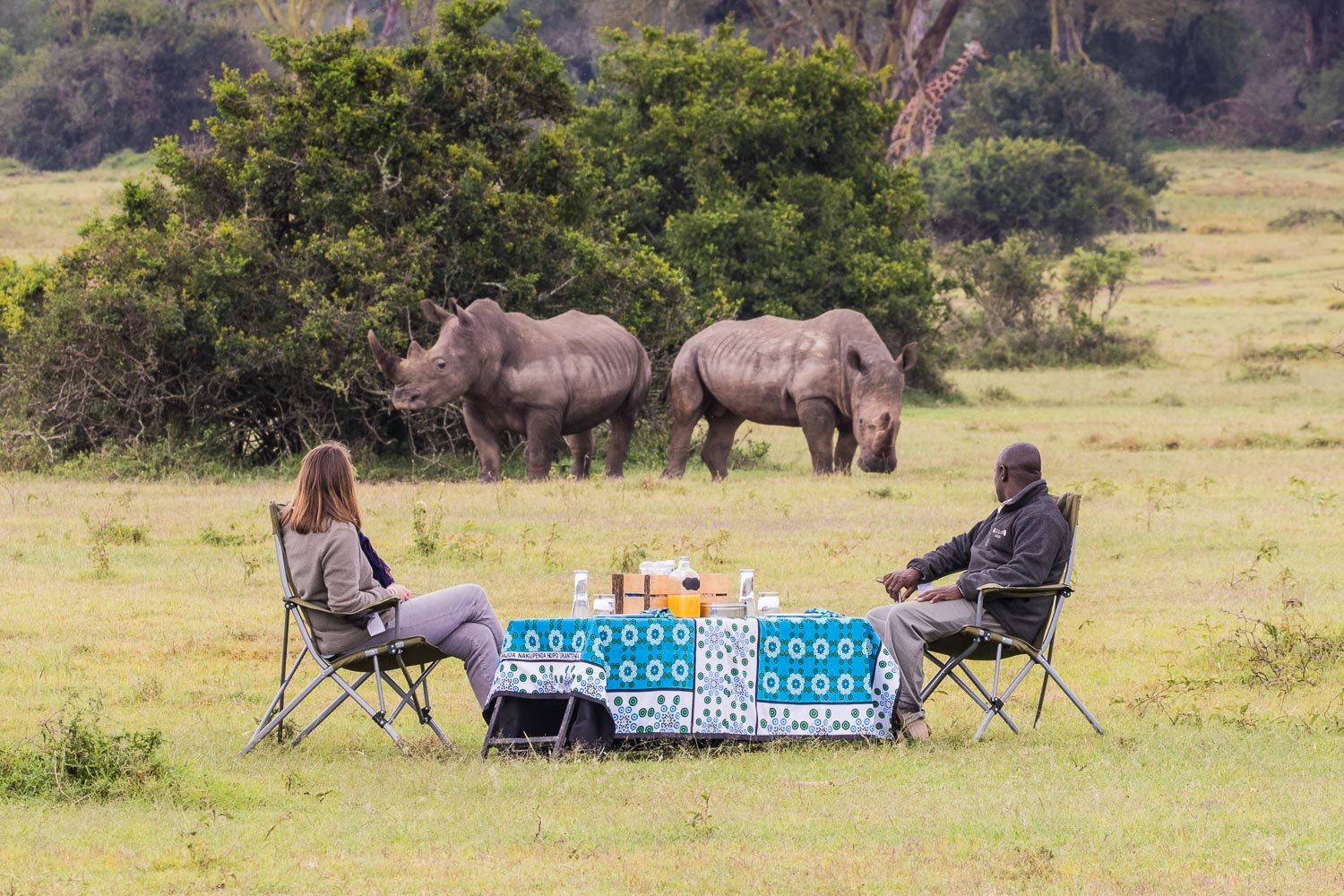
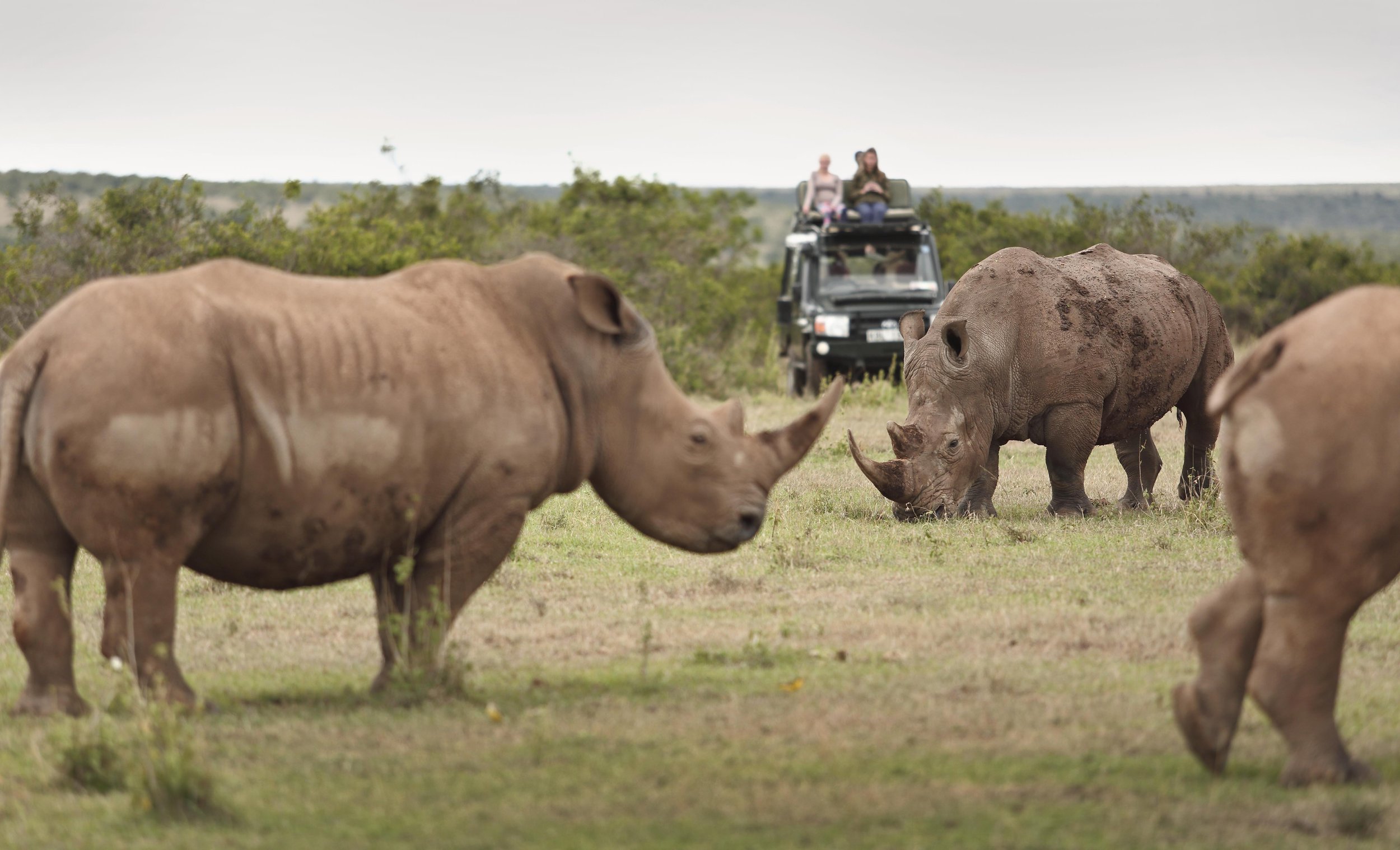
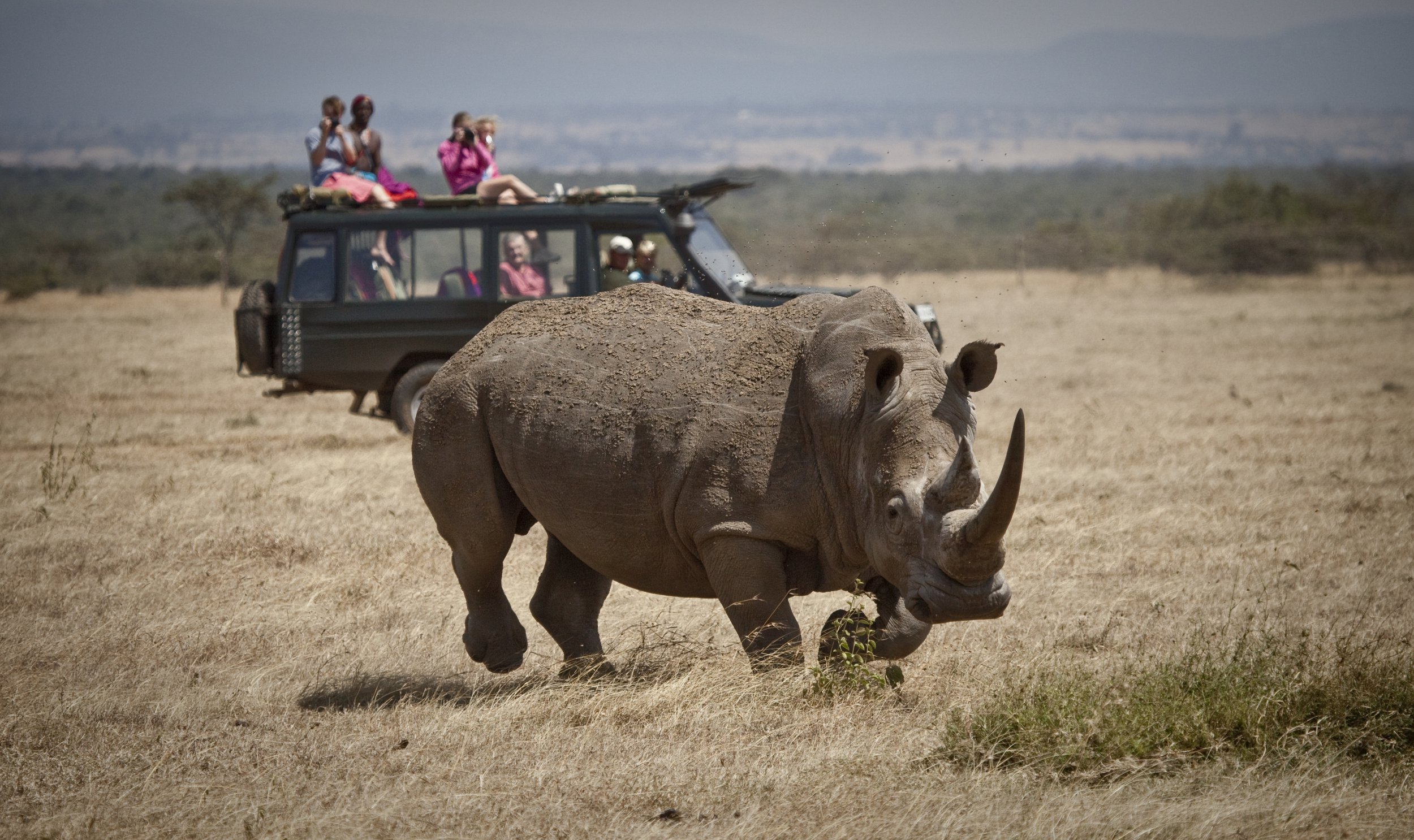

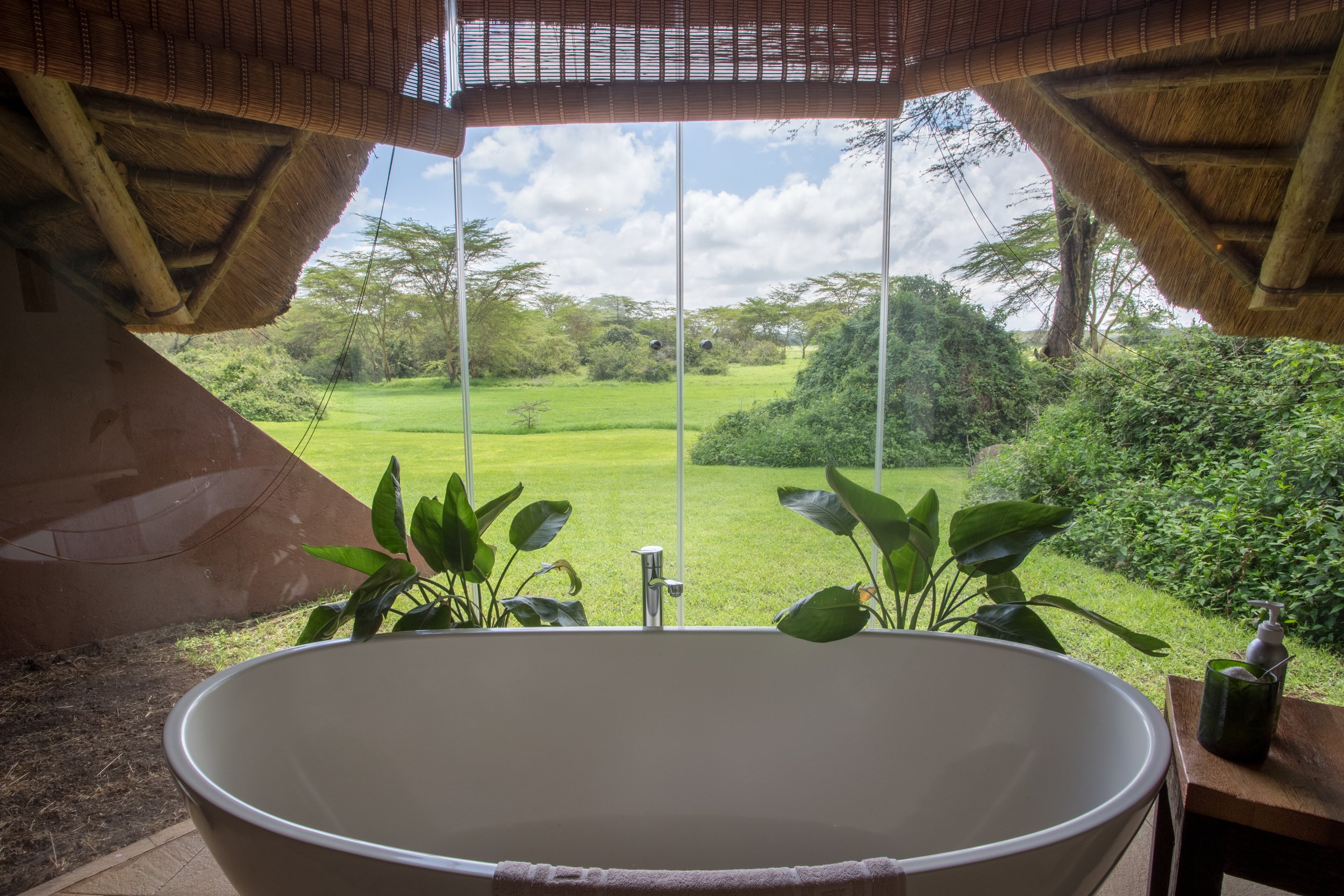

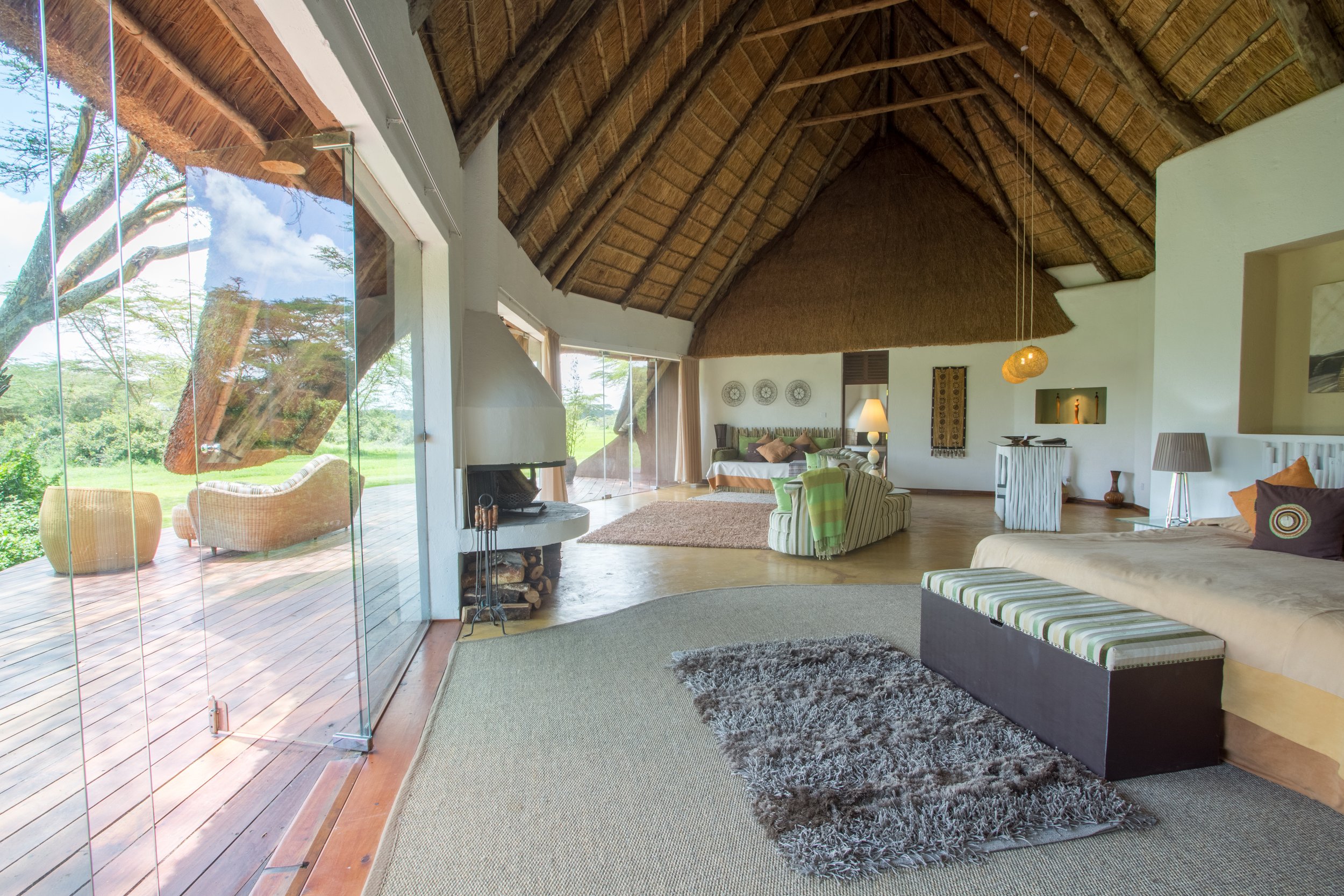
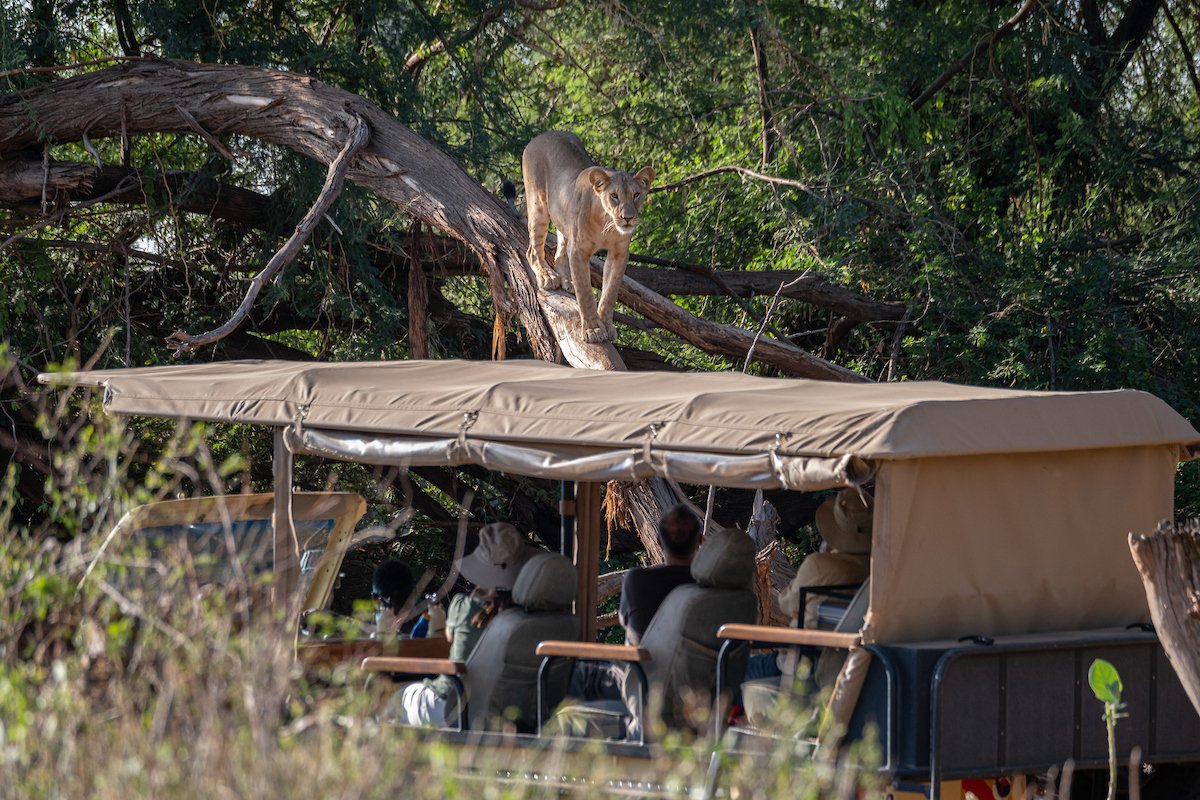
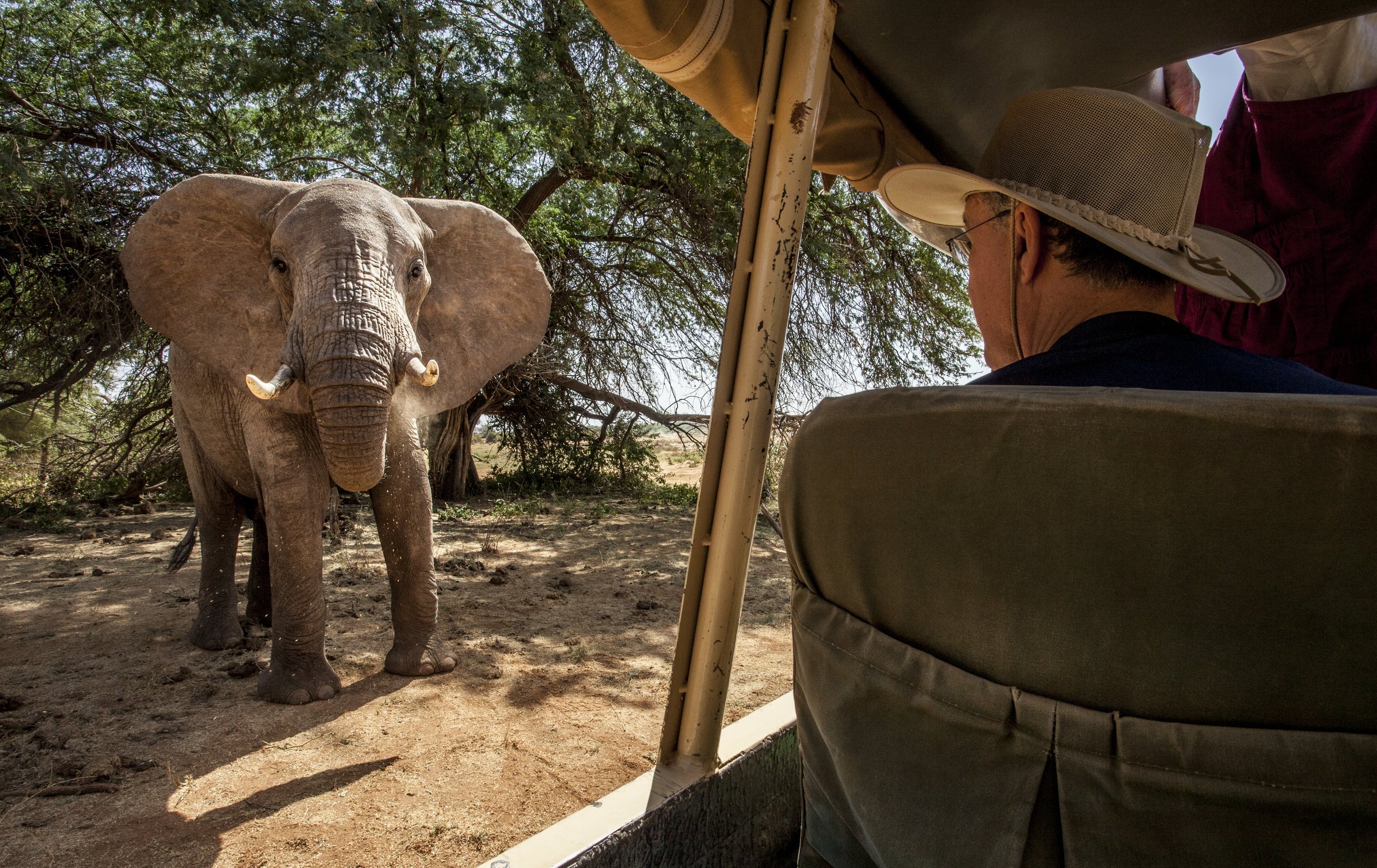
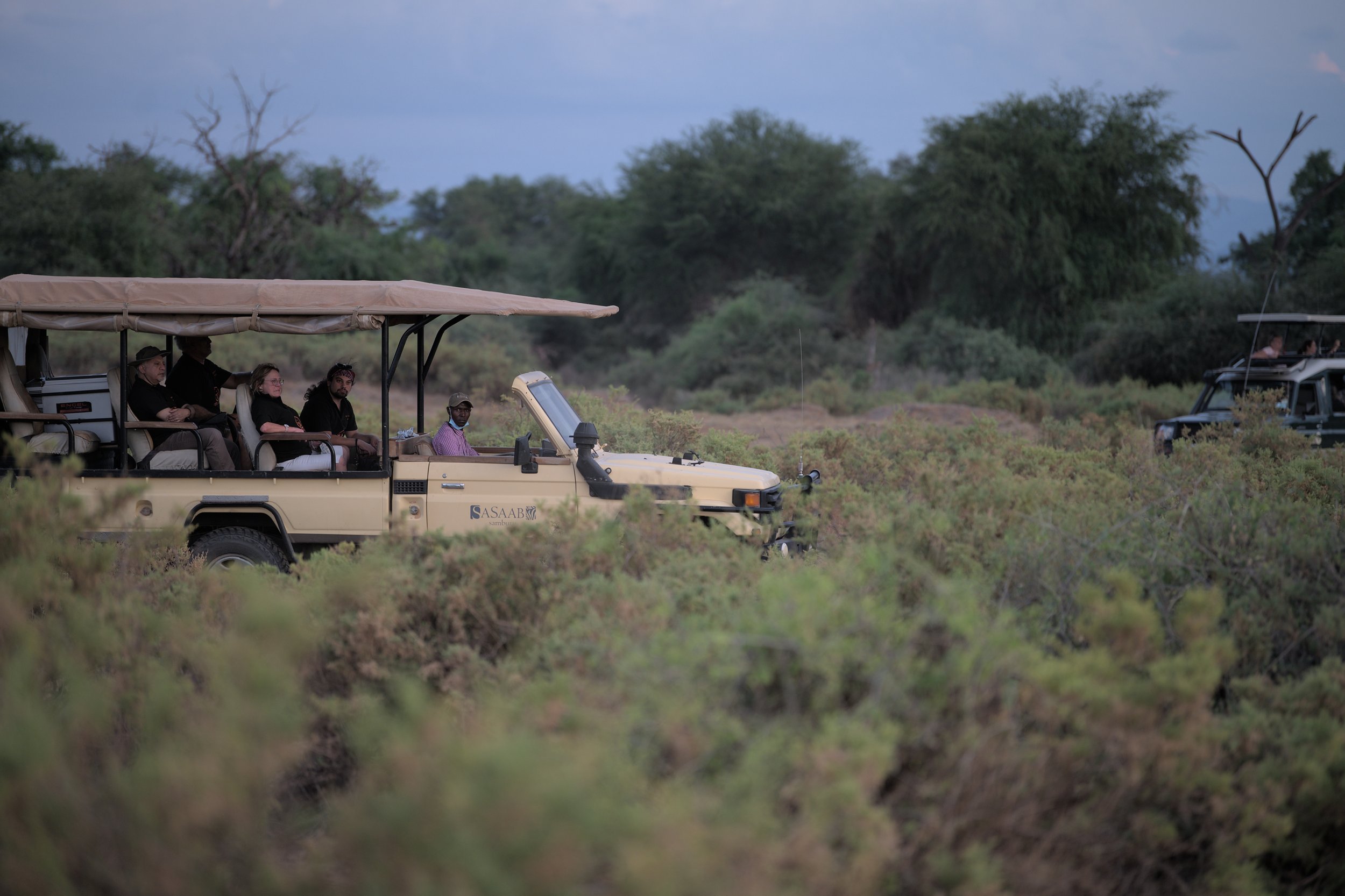
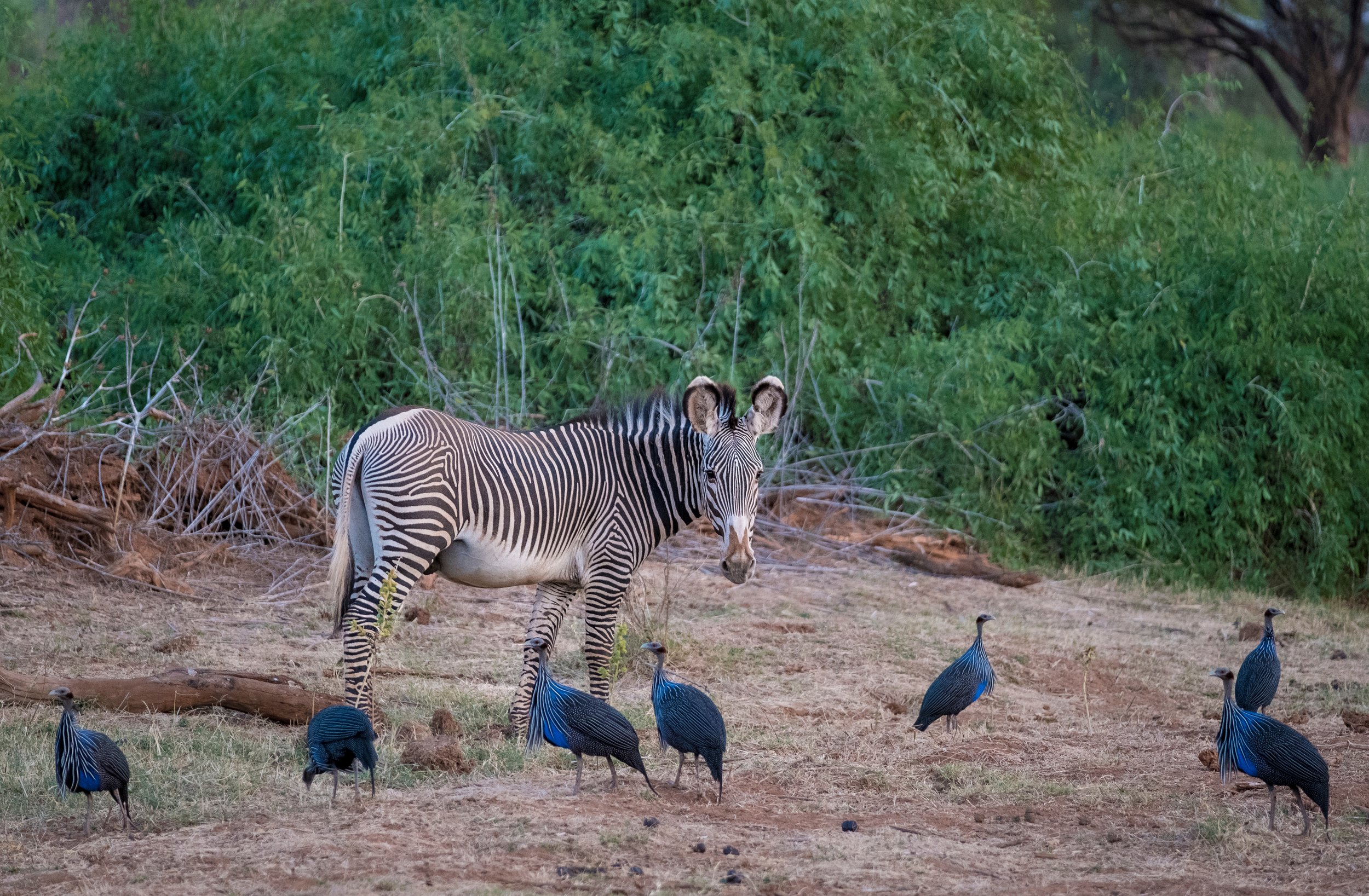
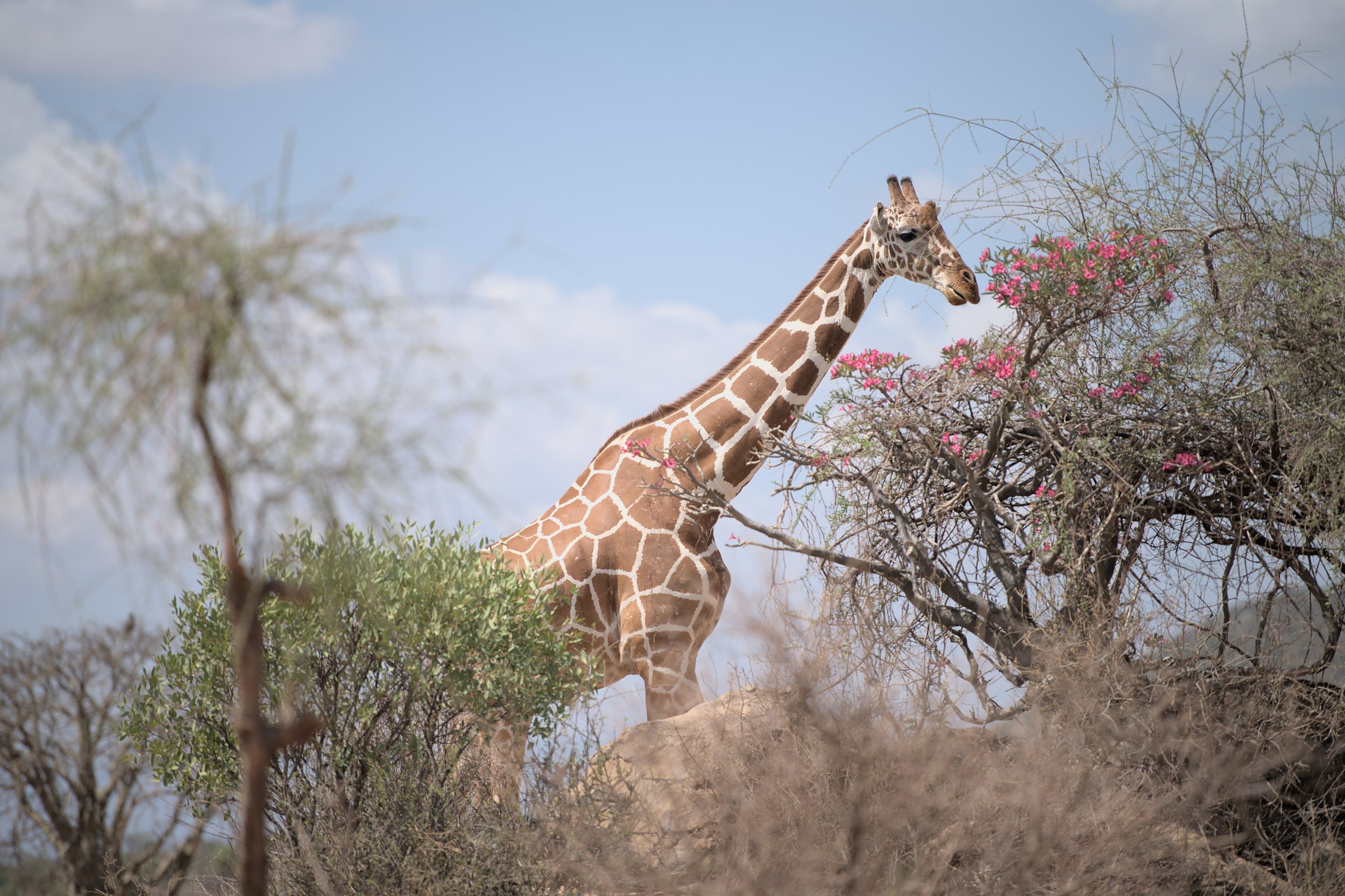
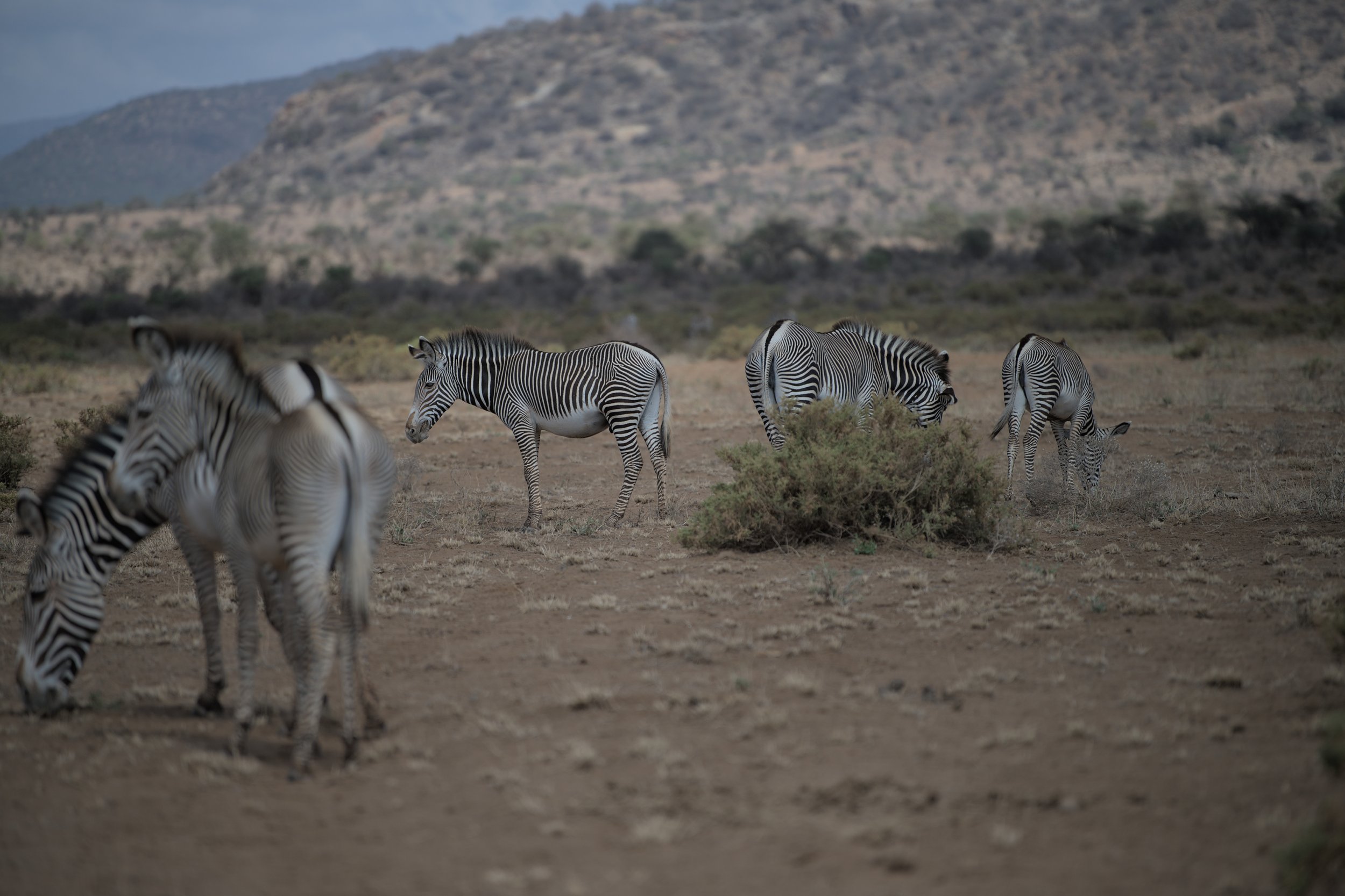
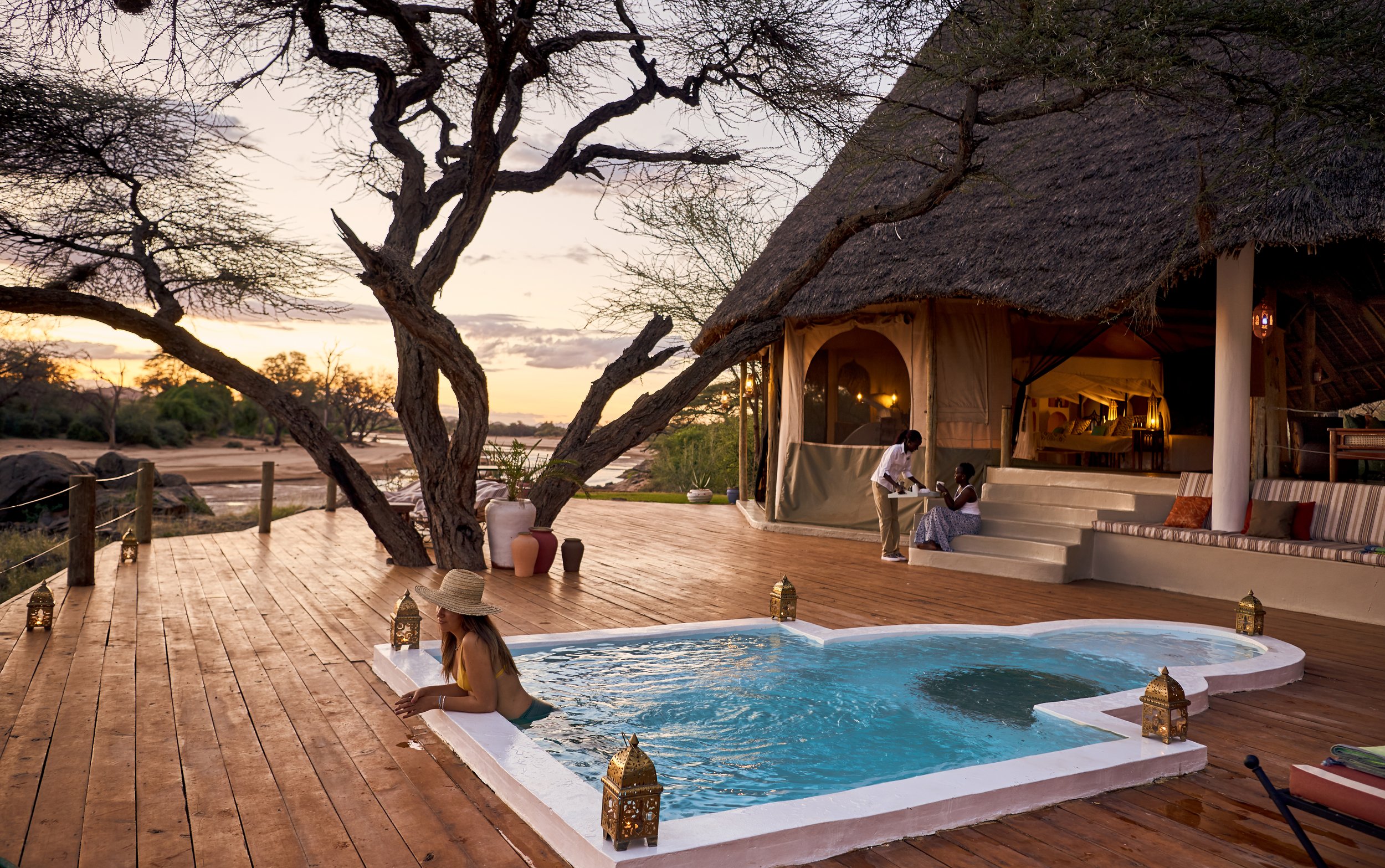


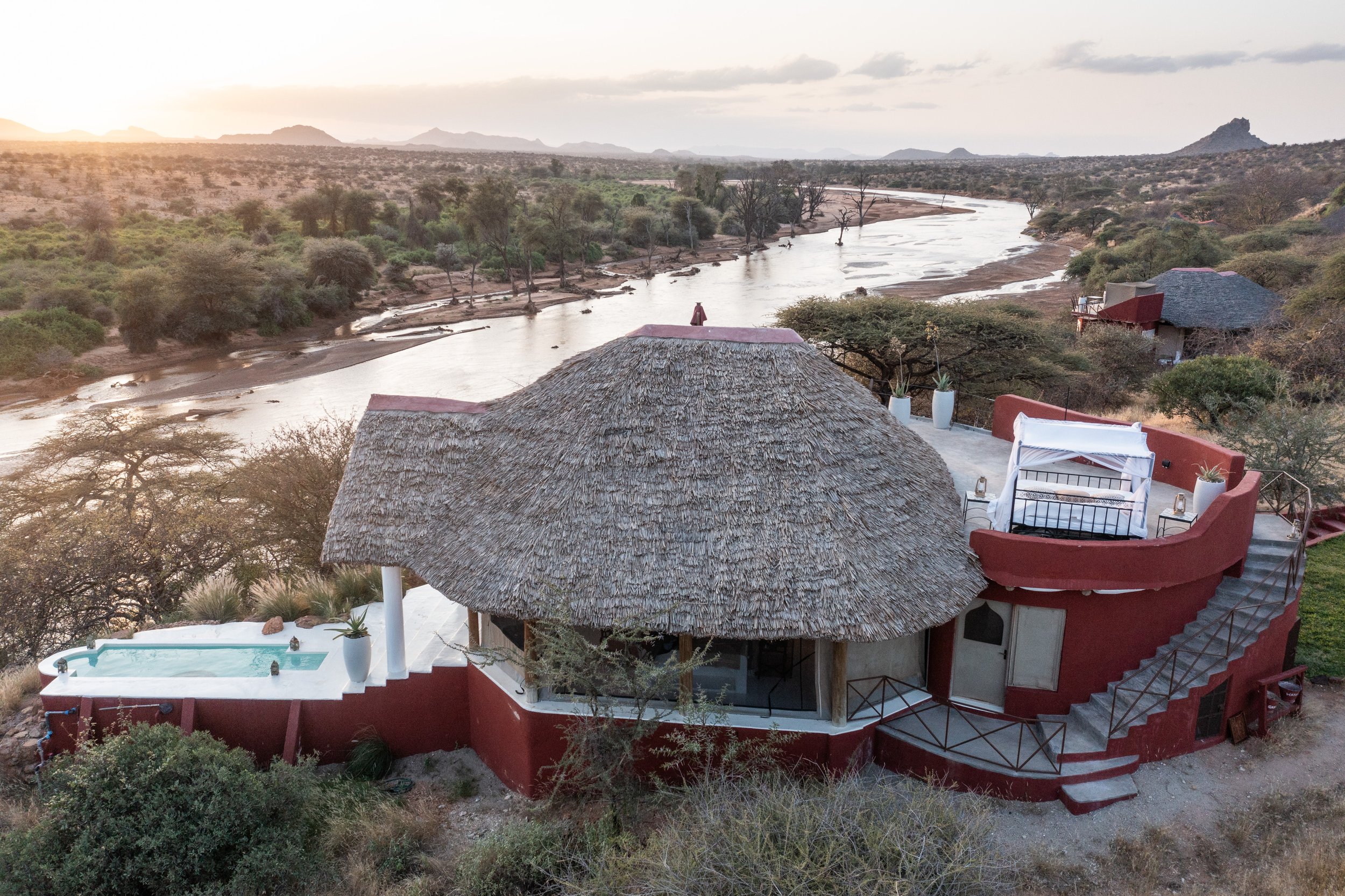

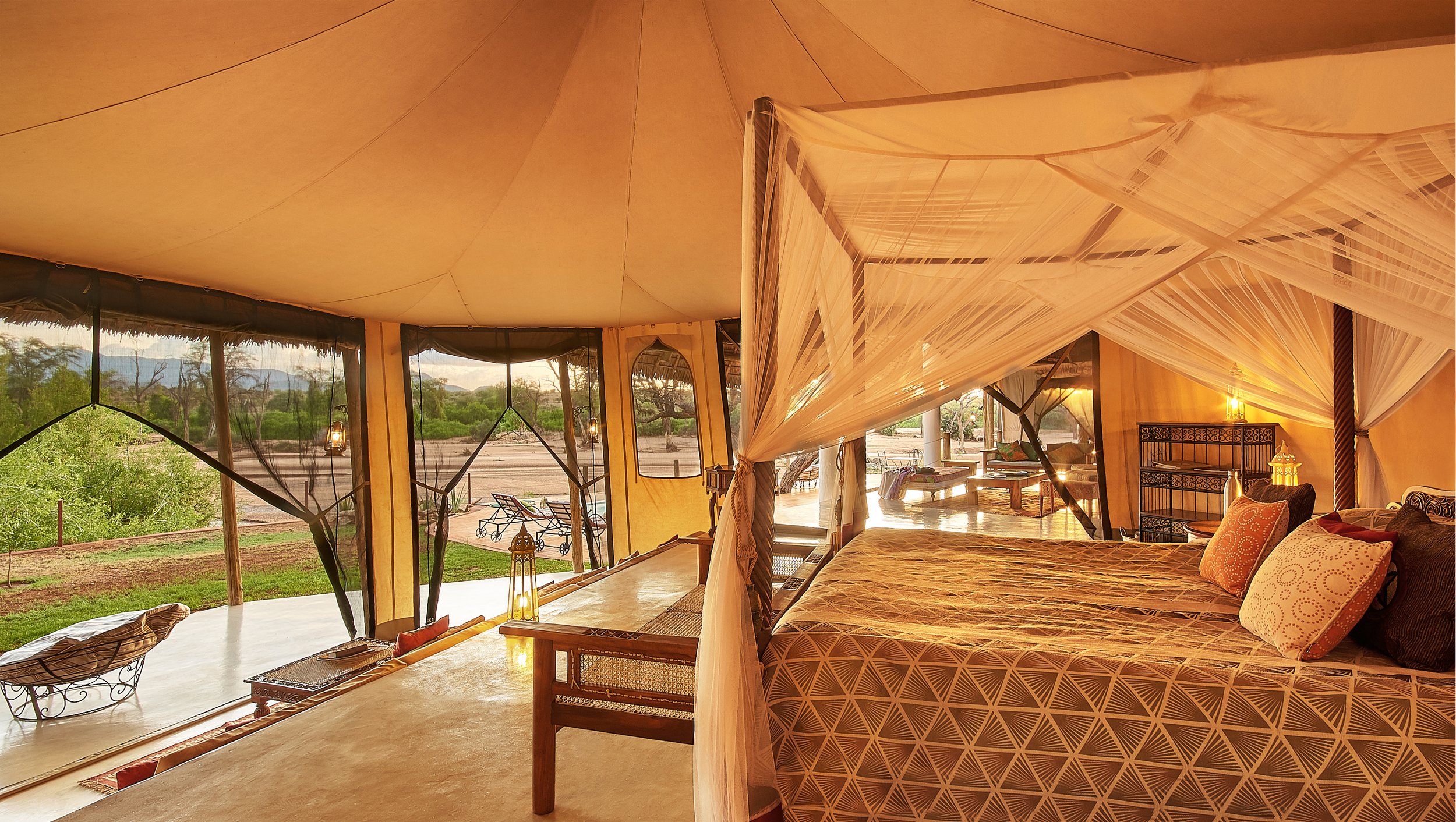




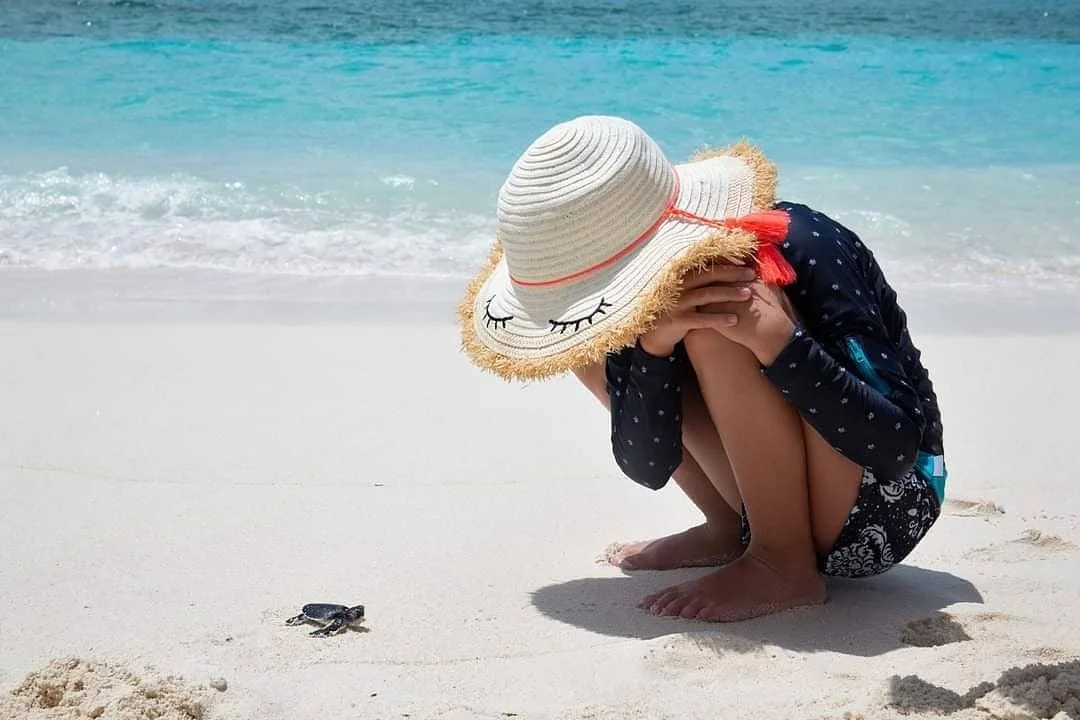


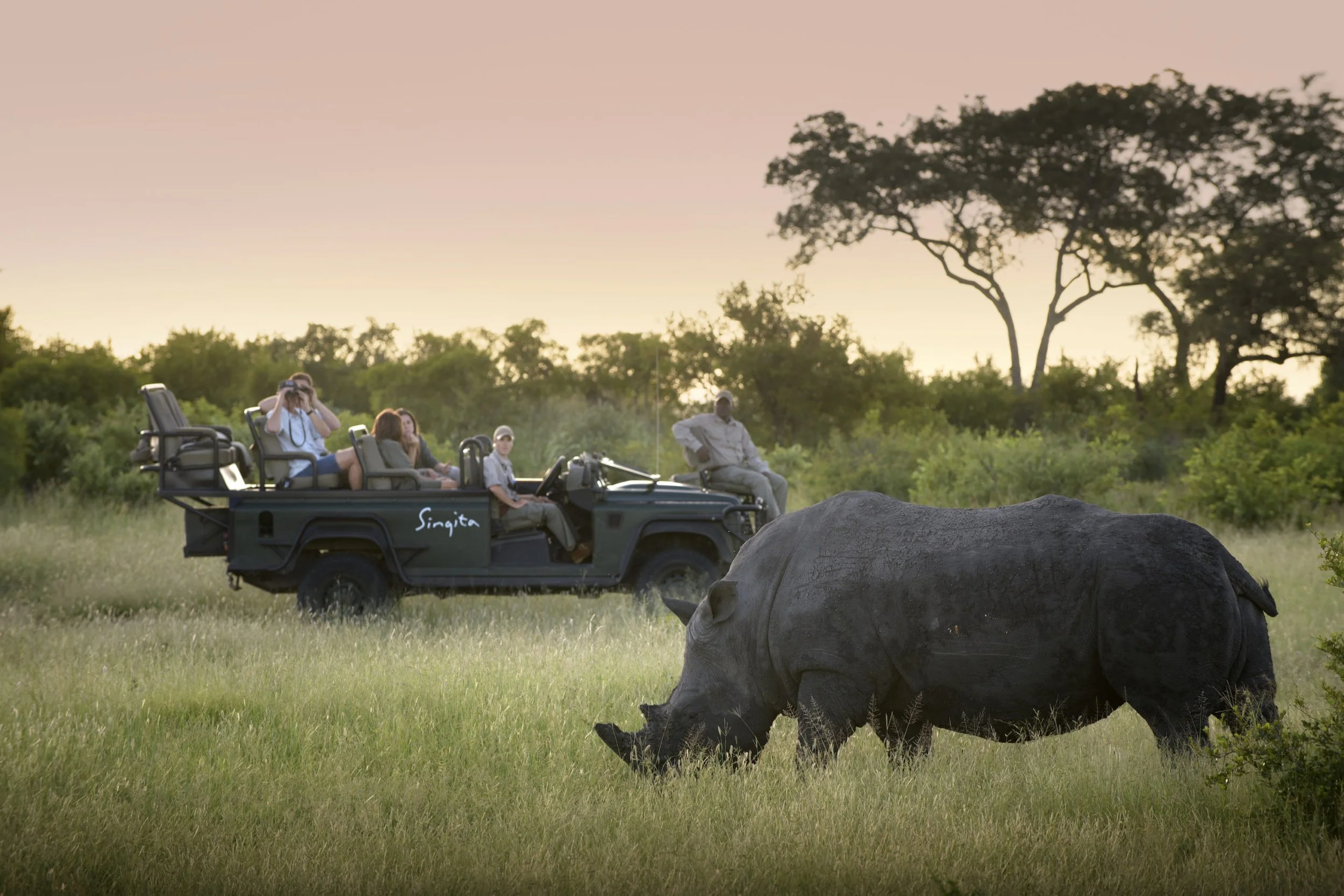
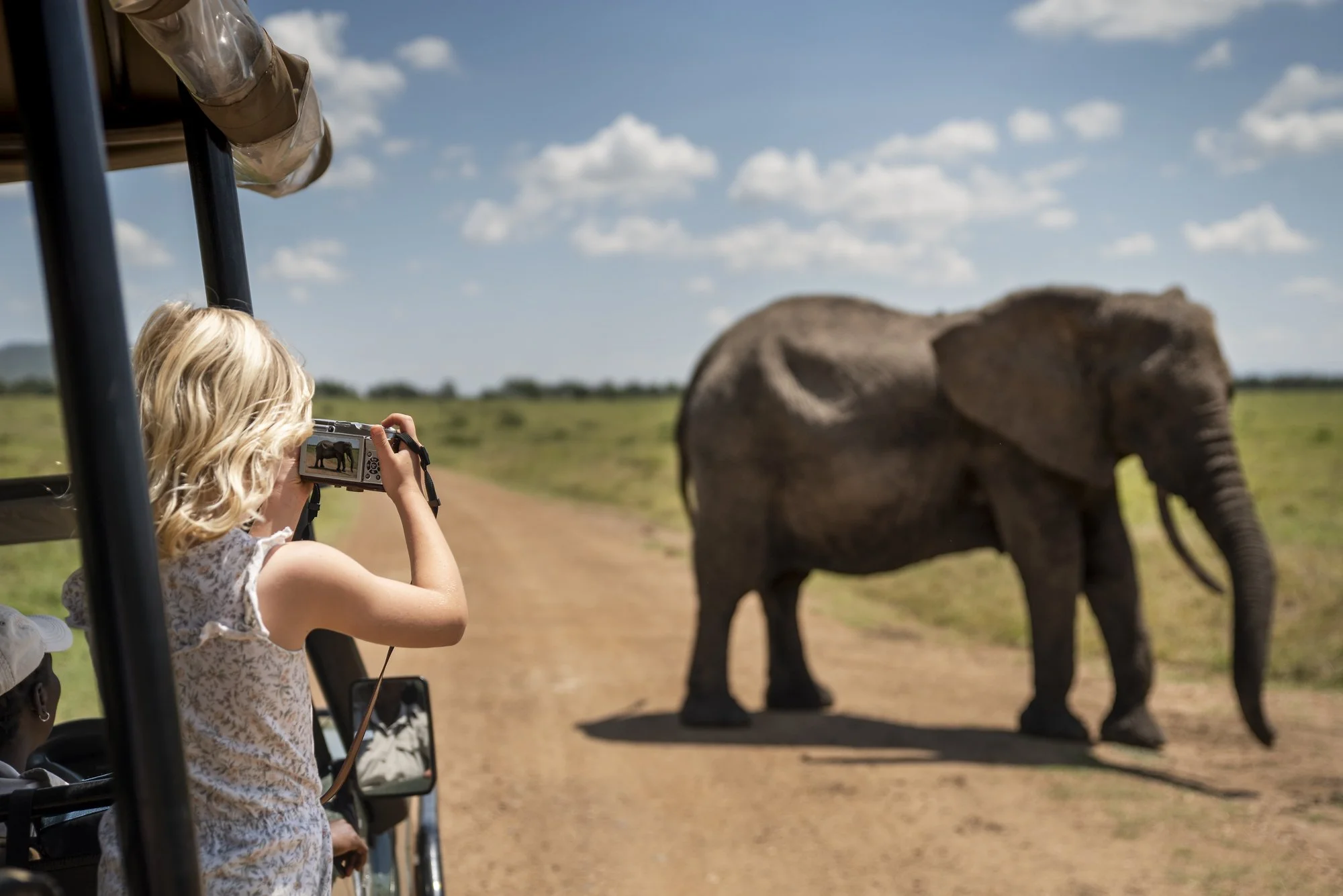
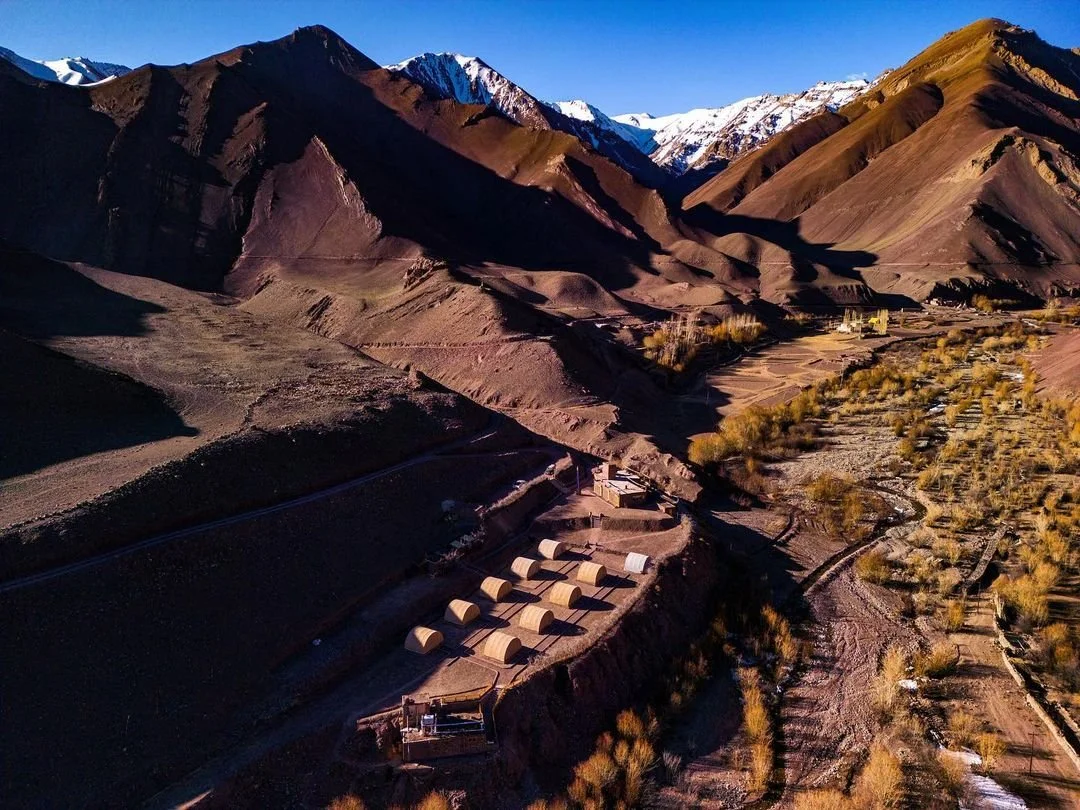
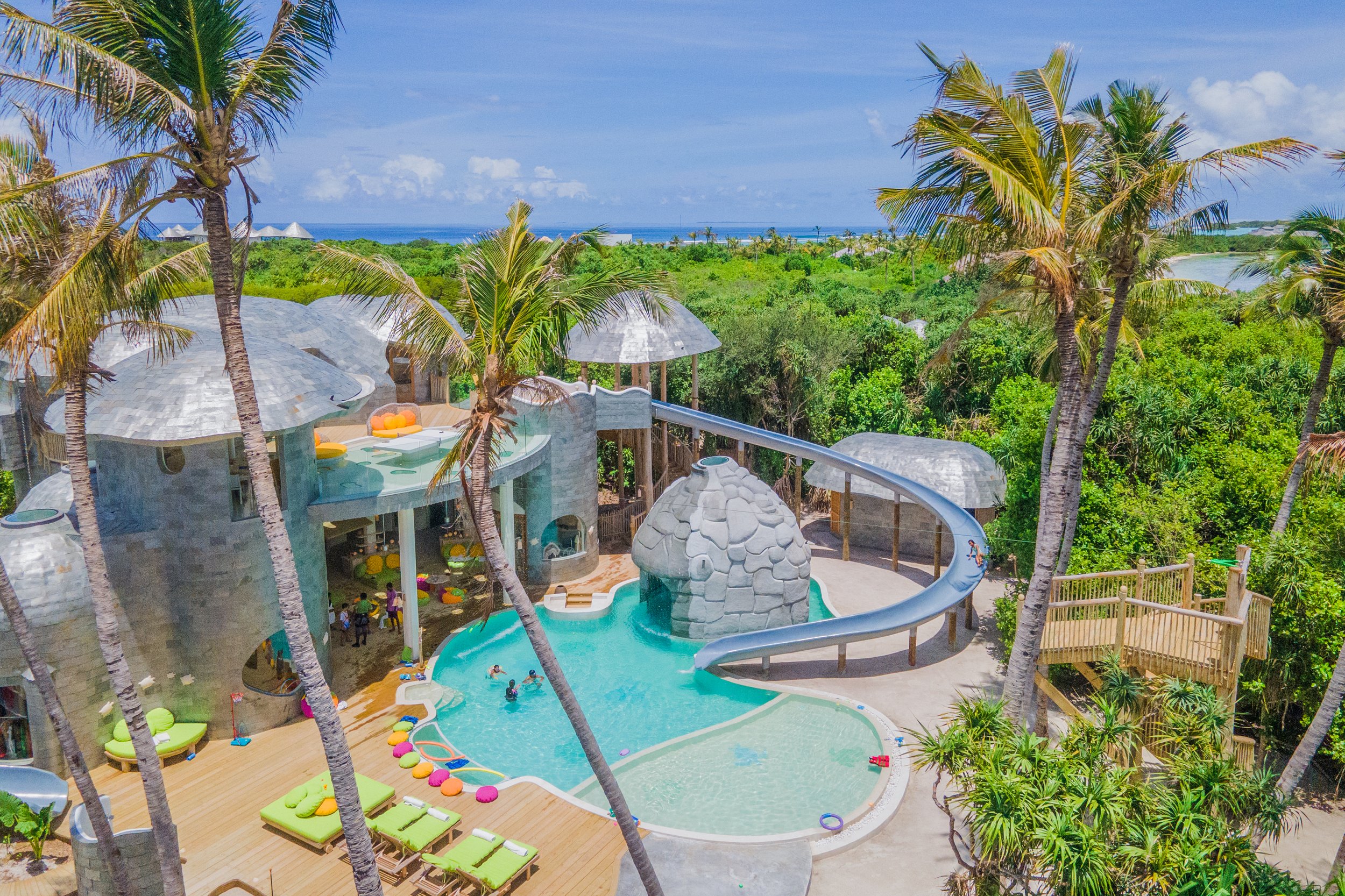




This luxury hotel is akin to a Fine Art Museum but with the added delight of being able to sleep surrounded by exquisite art and savour your meals amidst its staggering collections. No art lover could desire anything more.